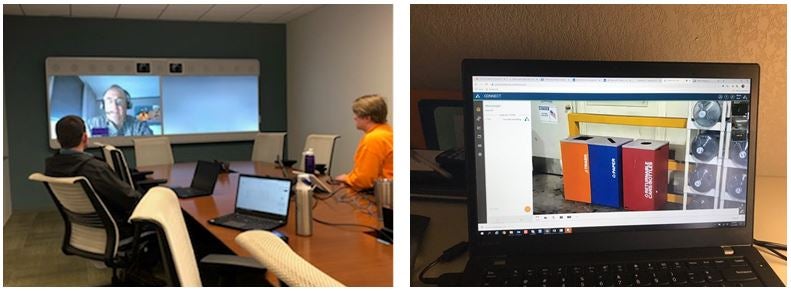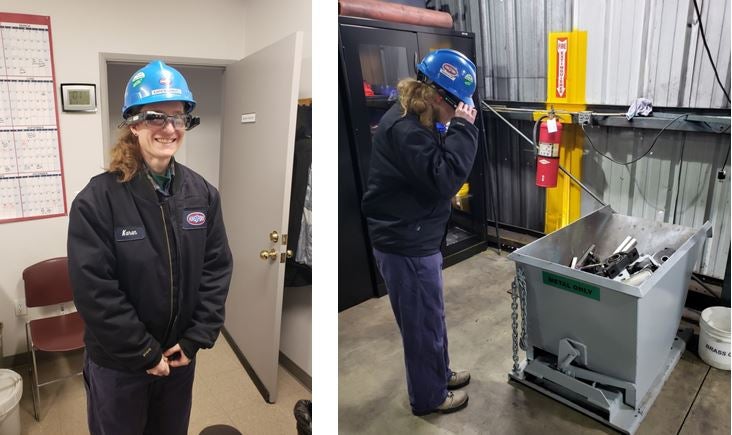Reimagining Waste Audits to Be Simpler, Faster and More Sustainable
By Calvin Pittman, Manager – World Class Manufacturing Methodology

Have you ever dreamed of walking around a plant floor from the comfort of your home?
Probably not. But faced with a cross-country trip to do a 45-minute site audit, that’s exactly the idea Steve Clarke had. As an Environmental and Sustainability Manager, Steve guides Clorox sites on their journeys to becoming Zero Waste to Landfill (ZWTL). This typically includes visiting plants a number of times to assess local processes and progress to achieve our company’s lofty goals. The job is more important than ever, now that our company has committed to have all of our plants achieve ZWTL status by 2025 and all of our global facilities by 2030, as part of our IGNITE ESG strategy.
When our Kingsford plant in Springfield, Oregon, asked about a ZWTL audit, Steve wanted to make sure that the plant was ready. So instead of scheduling a long and costly cross-country flight, Steve sought a more sustainable way to do the work.
Steve knew our Product Supply organization was using “smart glasses” in a variety of ways, including for training and specialized repairs. He was pretty sure he had a new use case for the tech.
Borrowing experience
The Clorox World Class Operations (WCO) team had recently distributed smart glasses to all our sites in North America, as well as some sites in Latin America and China.
Blake Garrett of the WCO group took charge of Steve’s plan. First he worked with Karen Chavez, a plant engineer in Springfield, to ensure the glasses could connect throughout the plant Wi-Fi. Then he set up a video feed with people in four different locations across the U.S.

The Clorox WCO team in Alpharetta connects virtually (left) to see and audit what Karen captures with her smart glasses (right)
After discussing safety precautions, including having a spotter with Karen as she moved around, Karen walked through the plant, using the glasses to show the dispersed team Springfield’s progress toward its ZWTL goals.

Karen Chavez wore smart glasses for her waste walkaround, in which she gave the team in Alpharetta real-time visuals on the Springfield plant’s progress on reducing its waste.
The upshot? Steve completed the waste walk-around in about 45 minutes from his home office — about one-tenth of the time it would take just to fly to Springfield from his home-base in Alpharetta, Georgia. Steve and Karen also achieved their main objective: identifying the next steps for Springfield to become a Clorox ZWTL facility.
“This is a great tool for evaluating not only a plant’s sustainability practices, but its other environmental processes, too,” Steve said. “I definitely plan to use smart glasses at other locations for this and other applications.”
This is an example of some of the ways we’re reimagining the way they work to be more sustainable and efficient without compromising on results.




